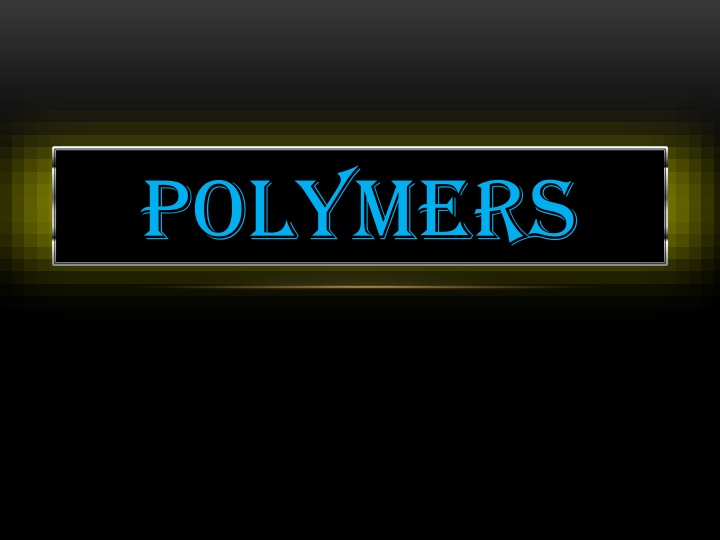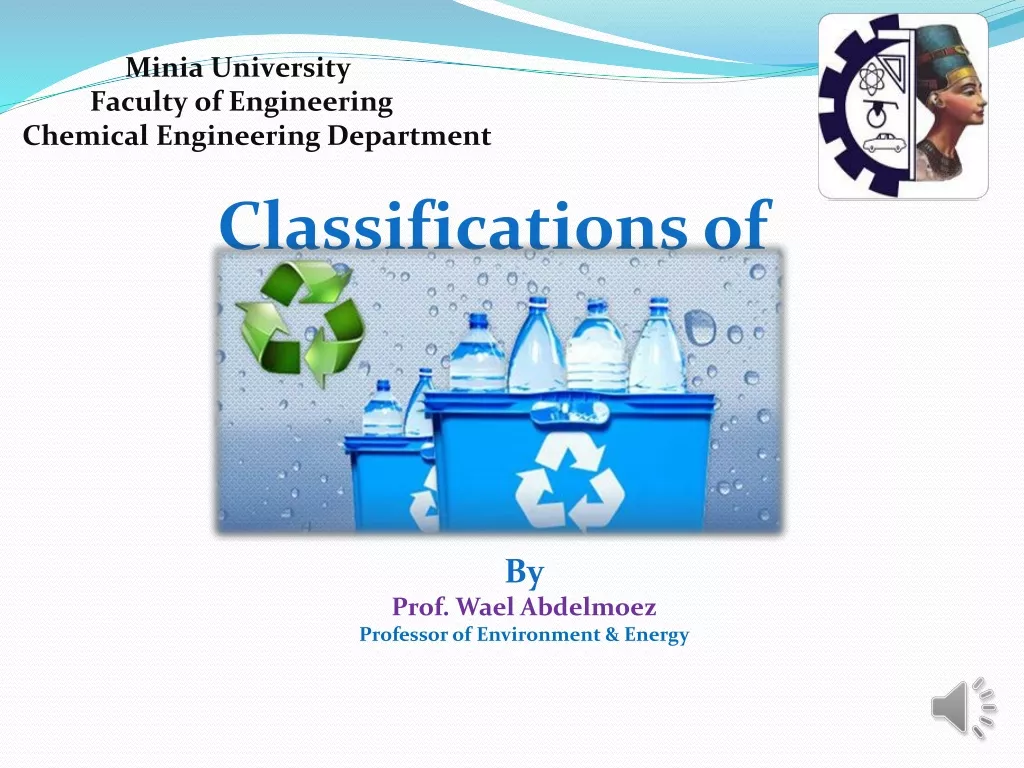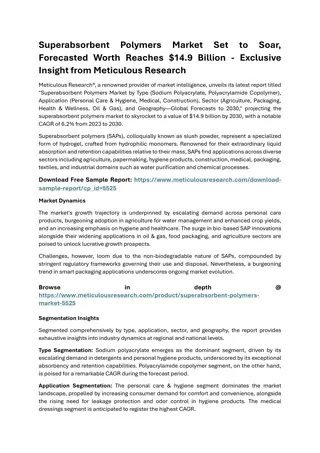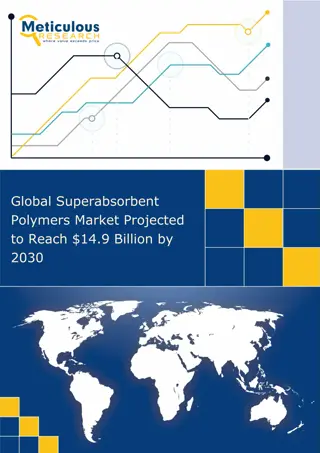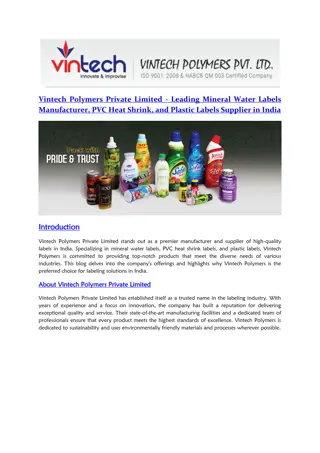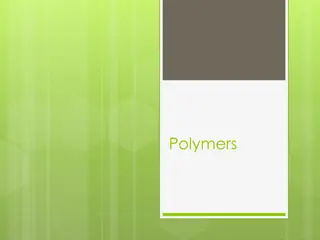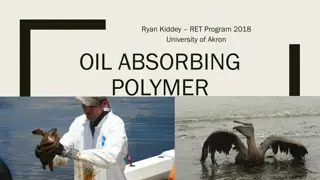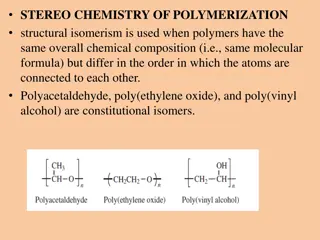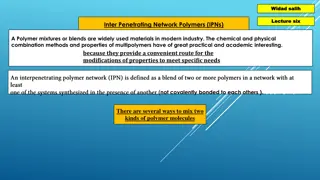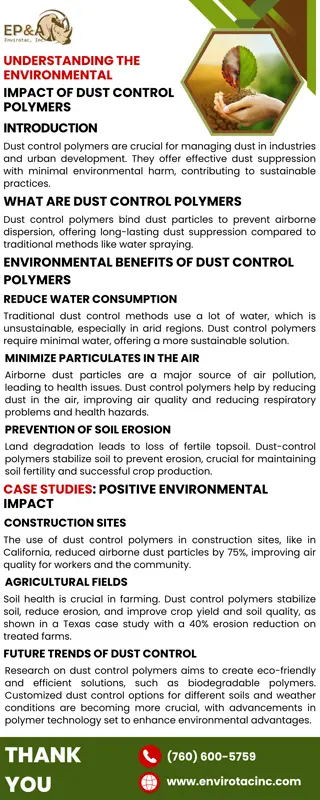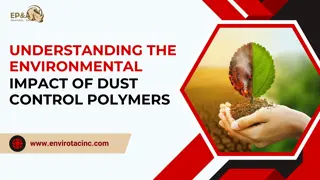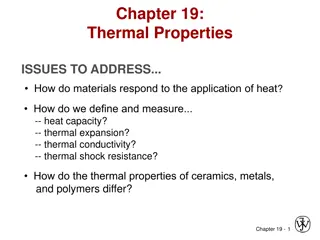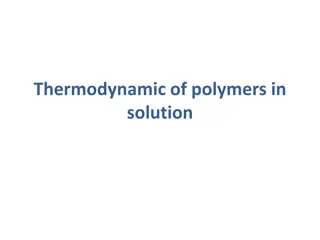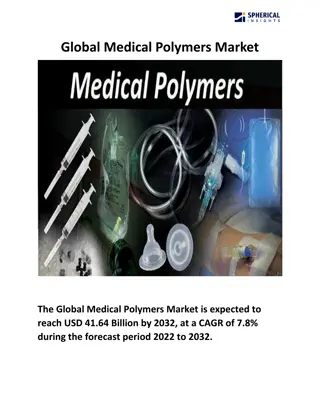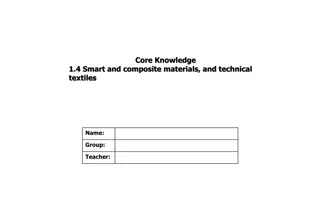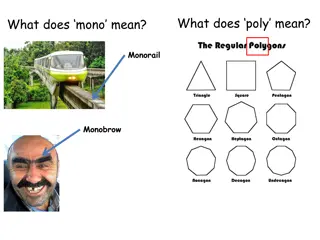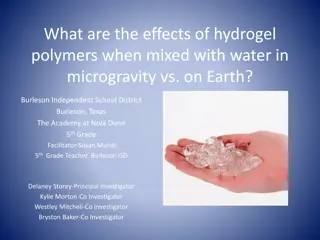POLYMERS
Polymers are macromolecules formed by joining repeating units on a large scale, classified based on source, structure, and molecular forces. Learn about homopolymers, copolymers, addition polymers, and more.
Download Presentation

Please find below an Image/Link to download the presentation.
The content on the website is provided AS IS for your information and personal use only. It may not be sold, licensed, or shared on other websites without obtaining consent from the author.If you encounter any issues during the download, it is possible that the publisher has removed the file from their server.
You are allowed to download the files provided on this website for personal or commercial use, subject to the condition that they are used lawfully. All files are the property of their respective owners.
The content on the website is provided AS IS for your information and personal use only. It may not be sold, licensed, or shared on other websites without obtaining consent from the author.
E N D
Presentation Transcript
Poly means MANY and MER means repeating unit. Polymers are macromolecules formed by joining of repeating structural units on a large scale. The repeating structural units are called Monomers. Polymerisation: The process of formation of polymers. CLASSIFICATION OF POLYMERS BASED ON SOURCE Natural(occur in nature) Eg : Protein, cellulose, starch etc Semi synthetic Eg :Cellulose nitrate, cellulose acetate Synthetic(man made) Eg : Plastics, Nylon, Buna-s etc
CLASSIFICATION BASED ON STRUCTURE Cross linked or Network polymer (string covalent bond between chains) Eg : Bakelite , Melamine Linear polymers(long chains) Eg : High density polythene, Poly vinyl chloride. Branched chain(chain with branches) Eg : Low density polythene
Fibres Elastomers Strongest inter molecular forces. Eg : Nylon, Polyesters, terylene etc weakest intermolecular forces Eg : Rubber, buna-S etc CLASSIFICATION BASED ON MOLECULAR FORCES Thermoplastic can be remoulded by heating and cooling Eg : Polythene , PVC etc Thermosetting Plastic cannot be reused Eg : Bakelite urea formaldehyde
Based on mode of polymerization Mode of polymerization Condensation polymers Addition polymers
Addition polymers Polymers are formed by the repeated addition of monomers with double and triple bonds Mechanism of free radical polymerisation
EVALUATION QUESTIONS 1.Distinguish between homopolymer and copolymer with one example each. 2. Arrange the following polymers in the increasing order of molecular forces Polyester Polythene Bakelite Rubber 3.Explain the free radical mechanism of addition polymerisation.
(8) PREPARATION OF SOME IMPORTANT ADDITION POLYMERS (a) Polythene (two types)
(b)Teflon( Polytetrafluoroethene) Nonstick coating chemically inert and resistance to attack by reagents. (c) Polyacrylonitrile (Good resistance to stain, chemicals, insects and fungi) Substitute for wool in making commercial fibers as orlon or acrilan.
(d) Buna S ( A Copolymer of 1, 3, butadiene and styrene ) Good substitute for natural rubber used for making foot wear components, cable insulator etc
(e) Natural Rubber (cis-1,4,poly isoprene) n- CH2 = C CH2 ( CH2 C = CH CH2 )n | CH3 CH3 2-Methyl 1,3 butadiene poly isoprene | (e)Neoprene (poly chloroprene) (Synthetic rubber) Cl Cl | polymerisation | n CH2 = C CH = CH2 ( CH2 C = CH CH2 )n Chloroprene Neoprene (2-chloro 1,3-butadiene) Vulcanisation of rubber To improve upon the physical properties of natural rubber, it is heated with sulphur and an appropriate additive at 373 415 K. so that sulphur forms cross links at double bonds and thus rubber gets stiffened.
CONDENSATION POLYMERS This involves repetitive condensation between two bifunctional monomers, with loss of some simple molecules such as water, alcohol etc. Eg: Polyamides, polyesters, phenol formaldehyde polymer, melamine formaldehyde polymer etc.
1. Polyamides: Nylon 6,6 and nylon 6 A)Nylon 6,6 Monomers- Hexamethylene diamine and adipic acid
B)Nylon 6 Obtained by heating caprolactum with water 533-543 K H20
15. Poly esters : Terelene and glyptal A) Terelene Monomers- Terephthalic acid and ethylene glycol Terelene
B) Glyptal Monomers- Phthatic acid and ethylene glycol.
PHENOL FORMALDEHYDE POLYMER(BAKELITE). o - hydroxymethylphenol phenol formaldyhyde
Melamine Formaldehyde Polymer N N H2N NH2 H2N NH.CH2 OH N + H.CHO N N N N NH2 N NH2 N H2N NH CH2 ) Resin intermediate N N NH2
Bio Degradable Polymers 1.P.H.B.V (Poly B hydroxy Co B hydroxy valerate P . H . B . V ) Monomers 3 hydroxy butanoic acid + 3 hydroxy pentanoic acid.
Questions 1.Give the structure and name of the monomers of the following addition polymers. Give one use of each polymer. * Teflon * Buna-s * Natural rubber * Neoprene * Buna-n * poly vinyl chloride 2. What is meant by vulcanization of rubber? 3.With the help of suitable equations explain the formation of following polymers * Nylon6 * Nylon6,6 * Terelene * Glyptal * Bakelite * Melamine formaldehyde polymer 4. What are biodegradable polymers ?Give one example for it . Explain its method of preparation.
